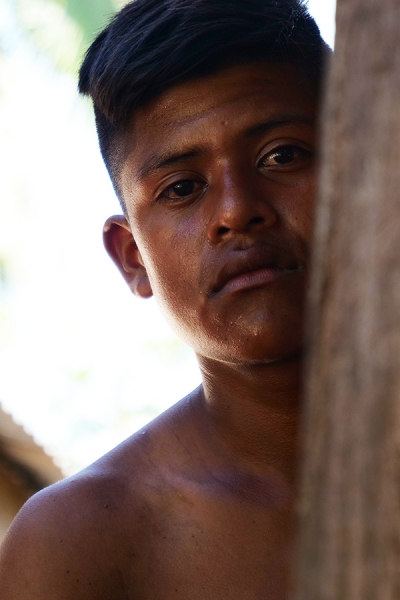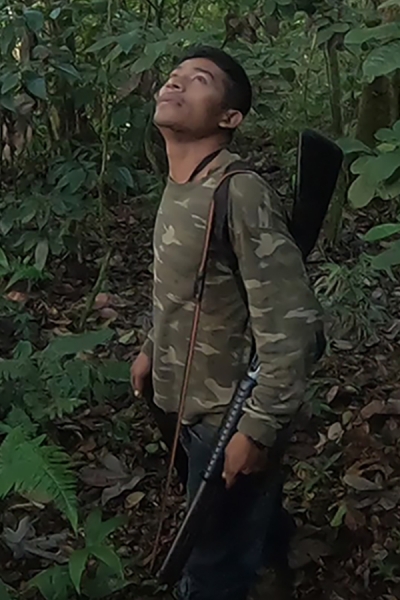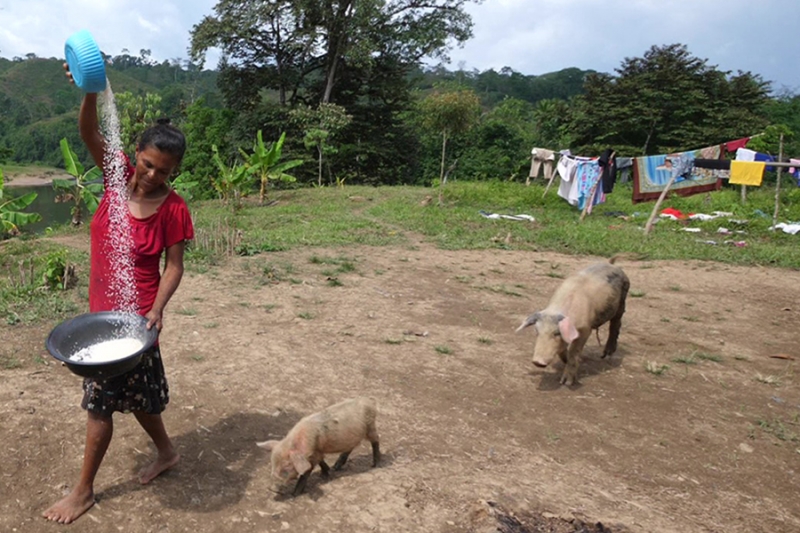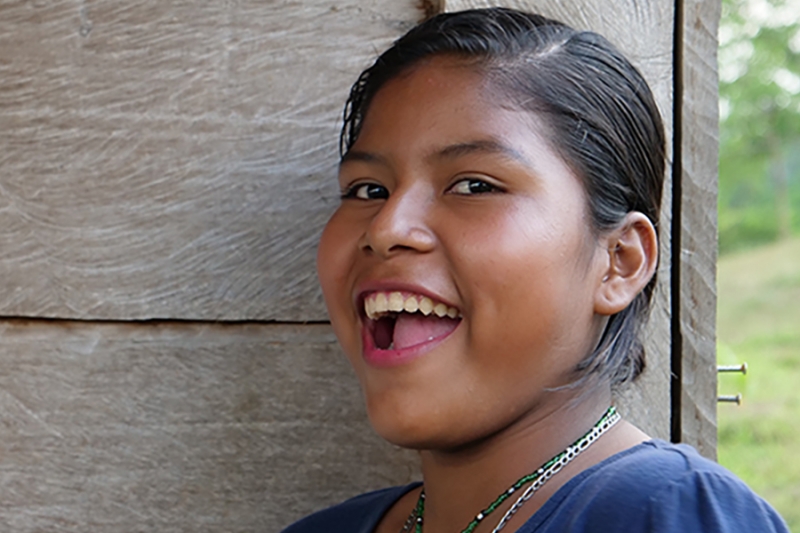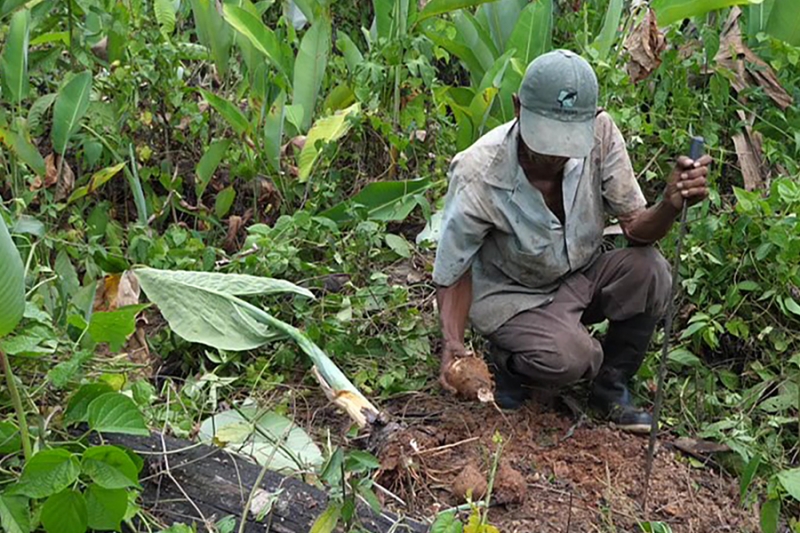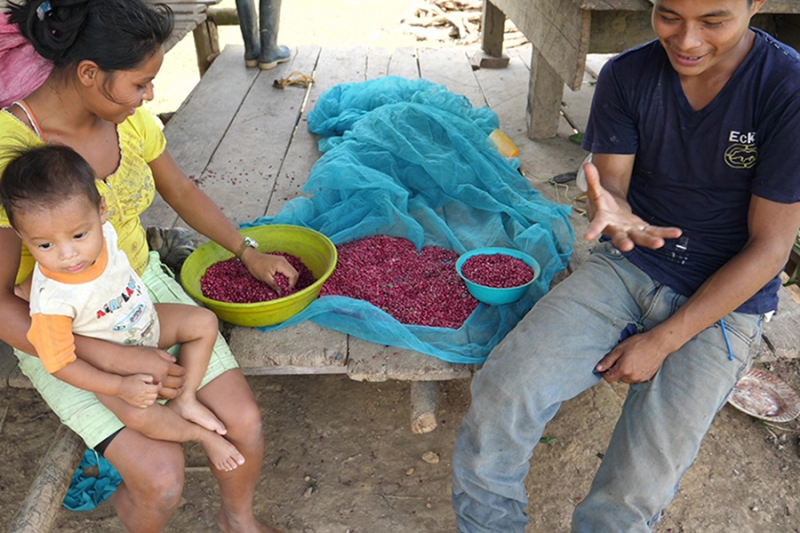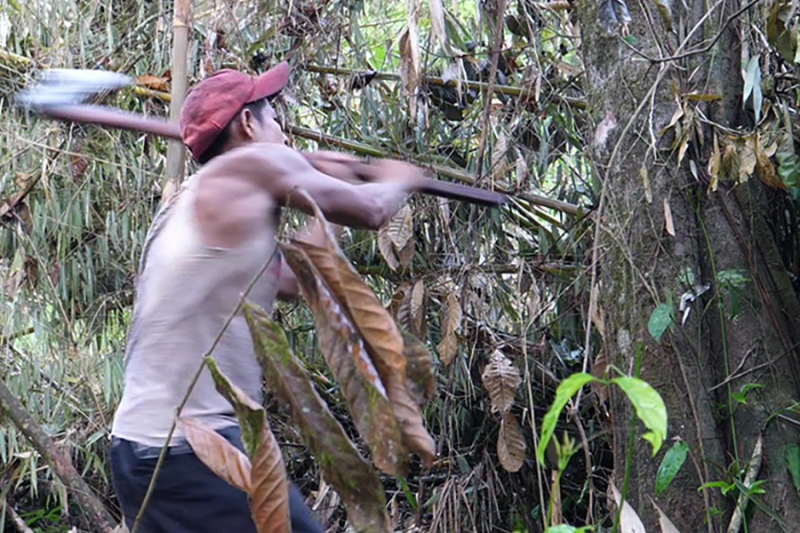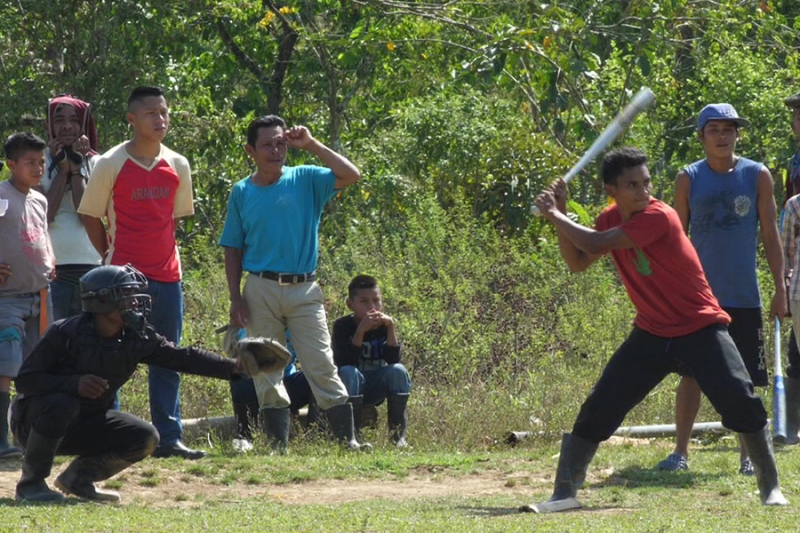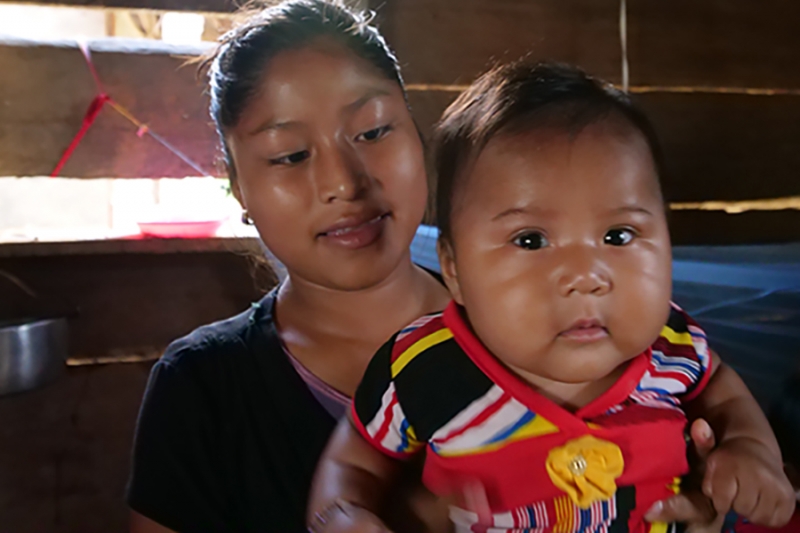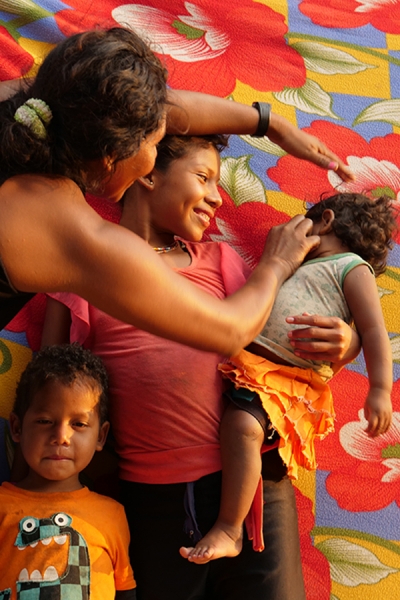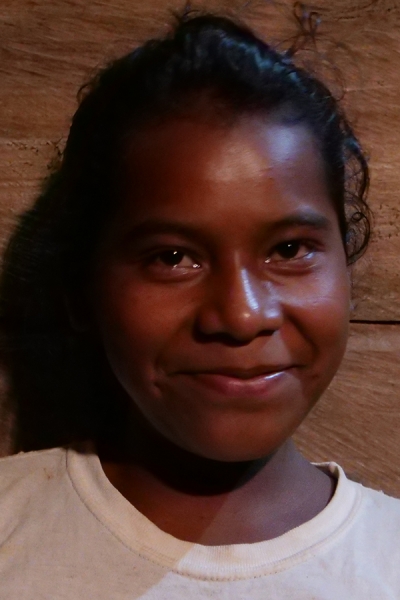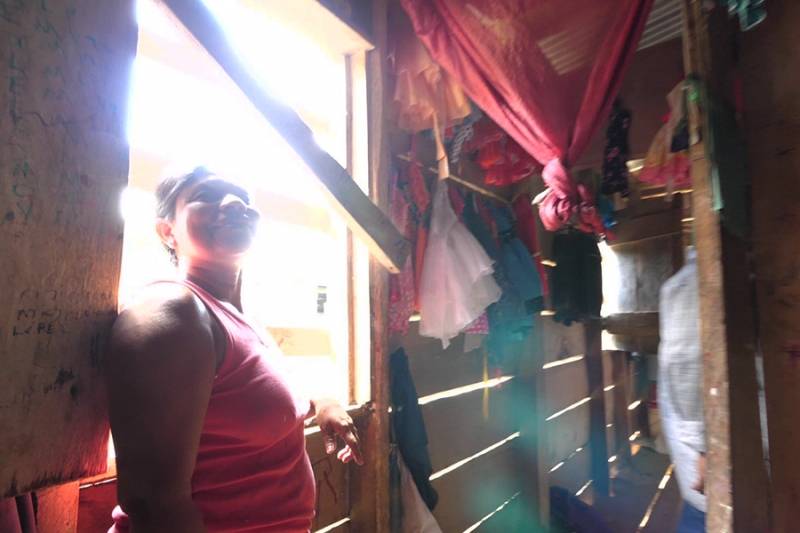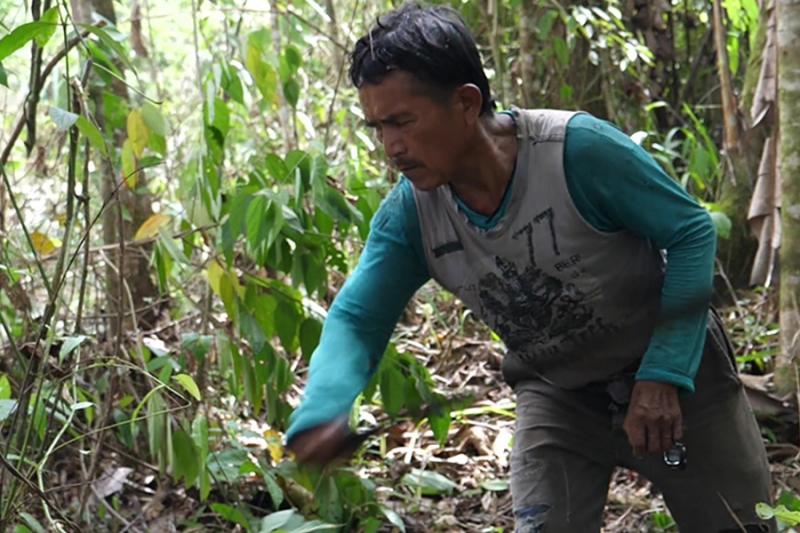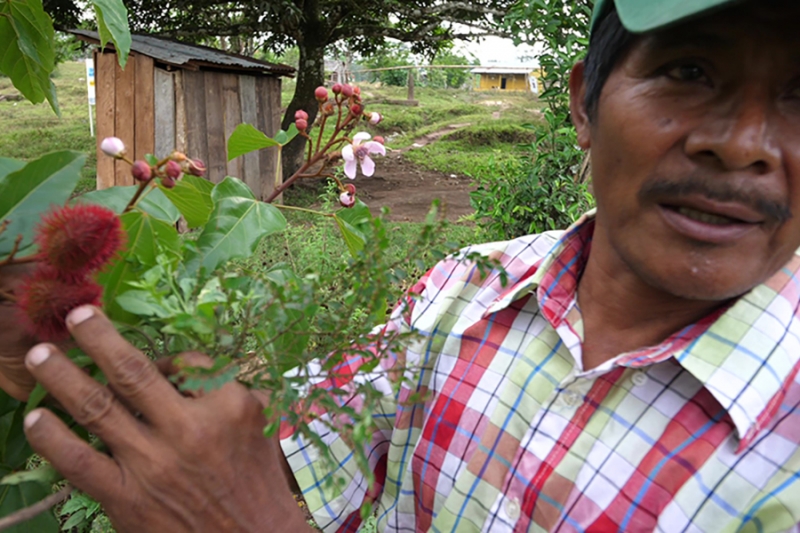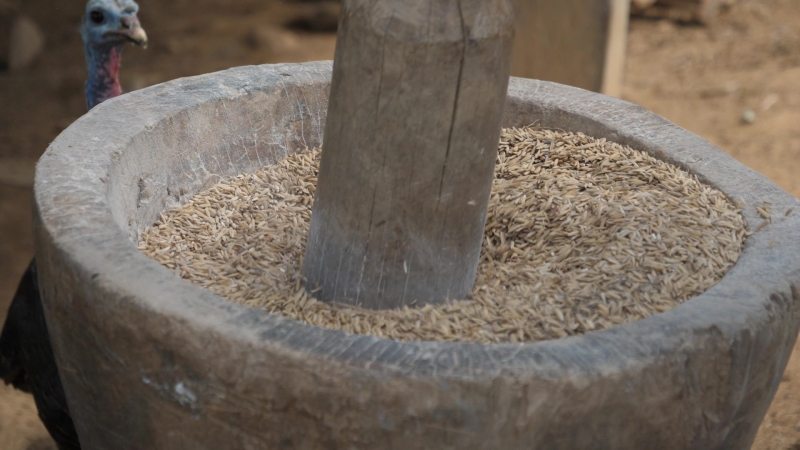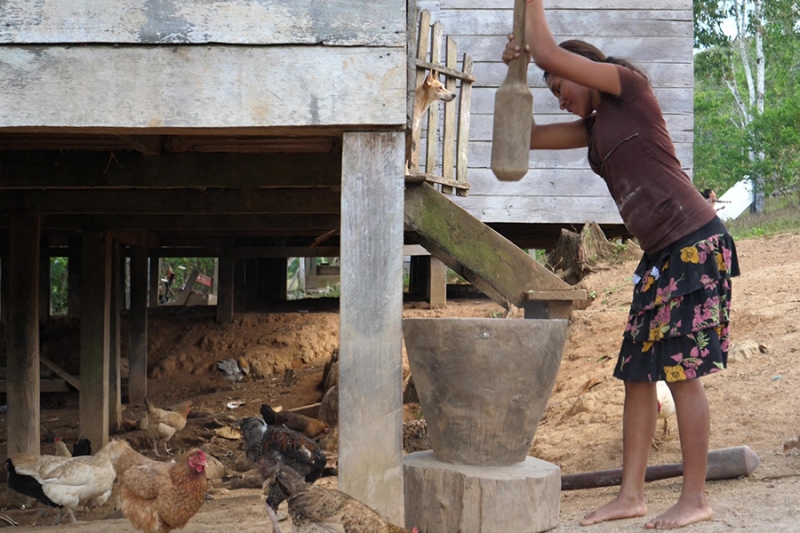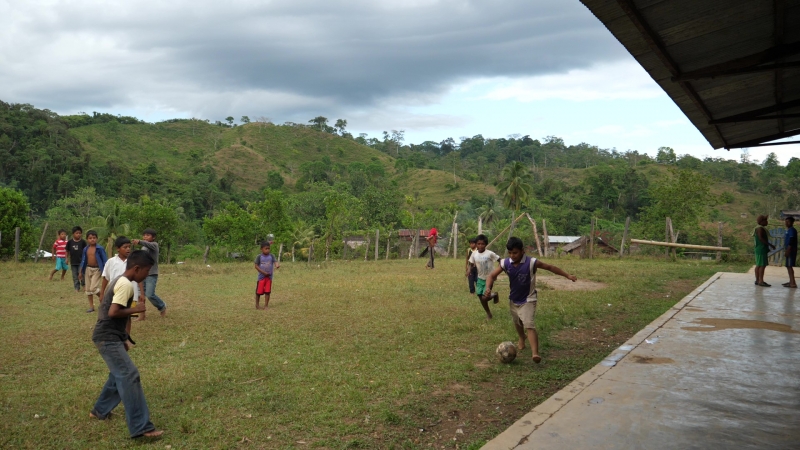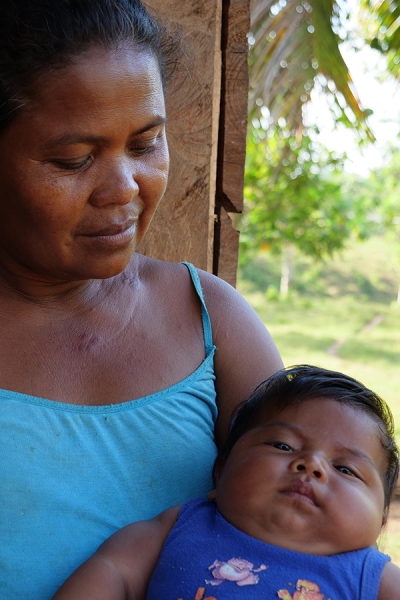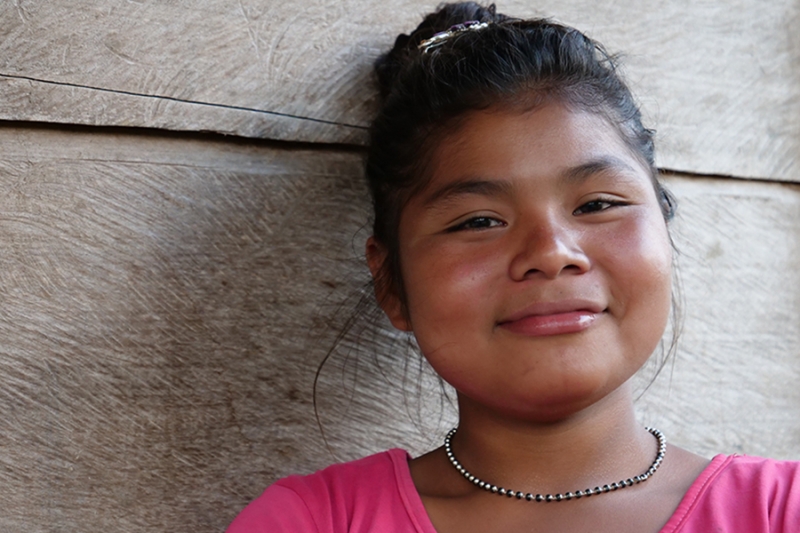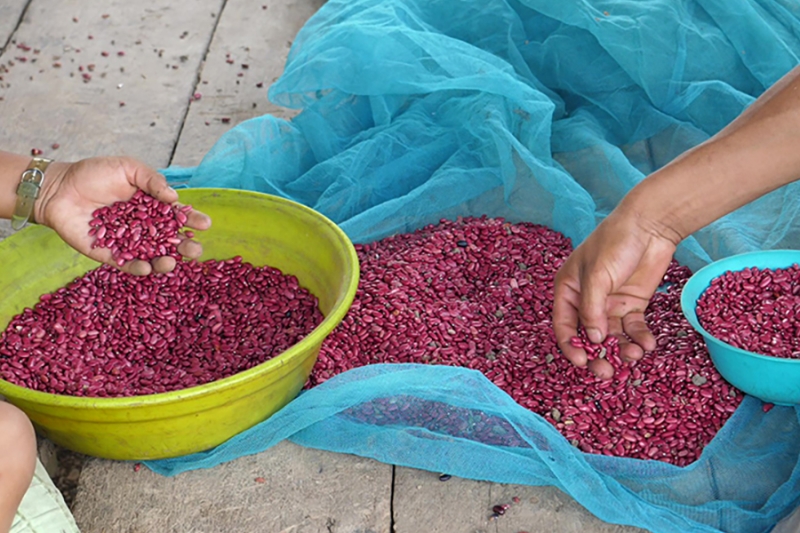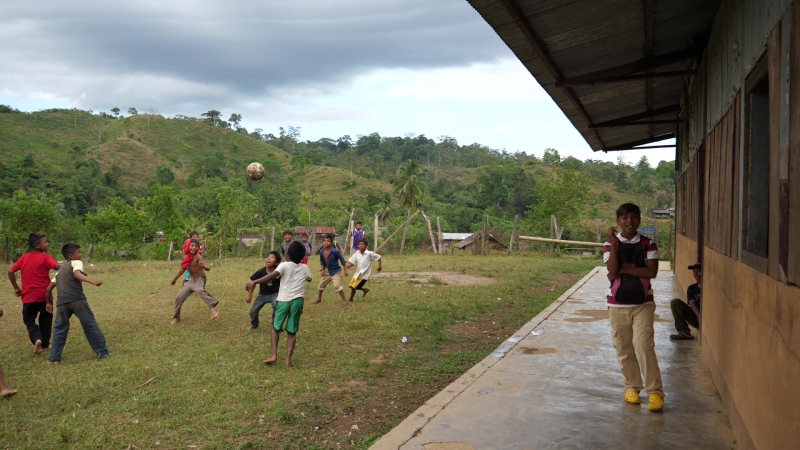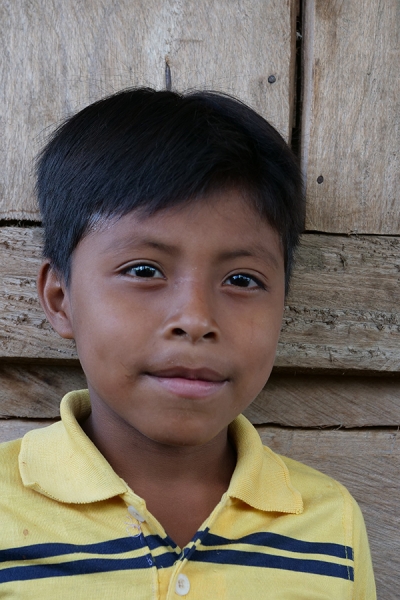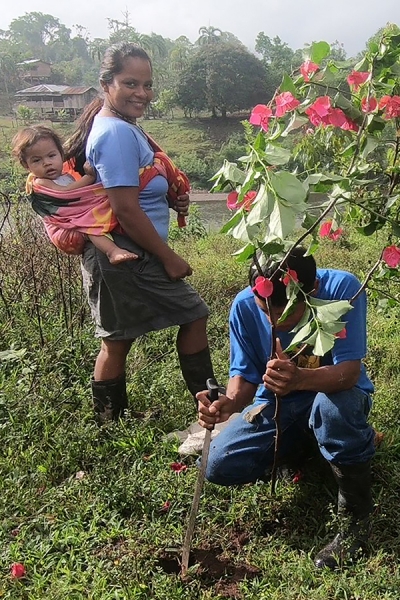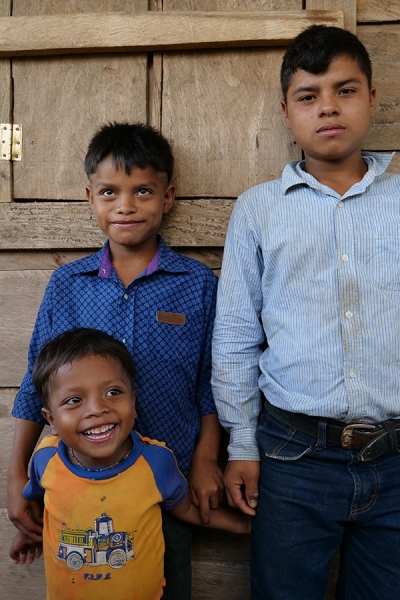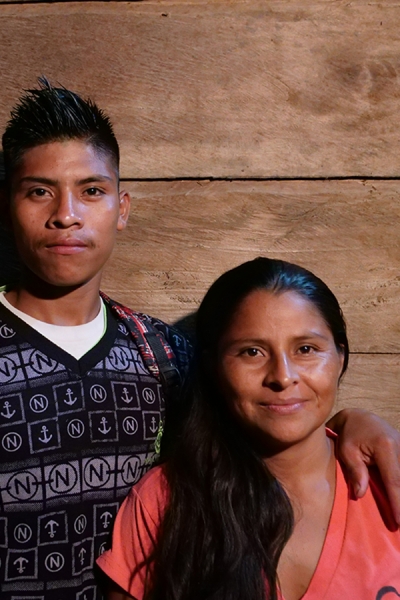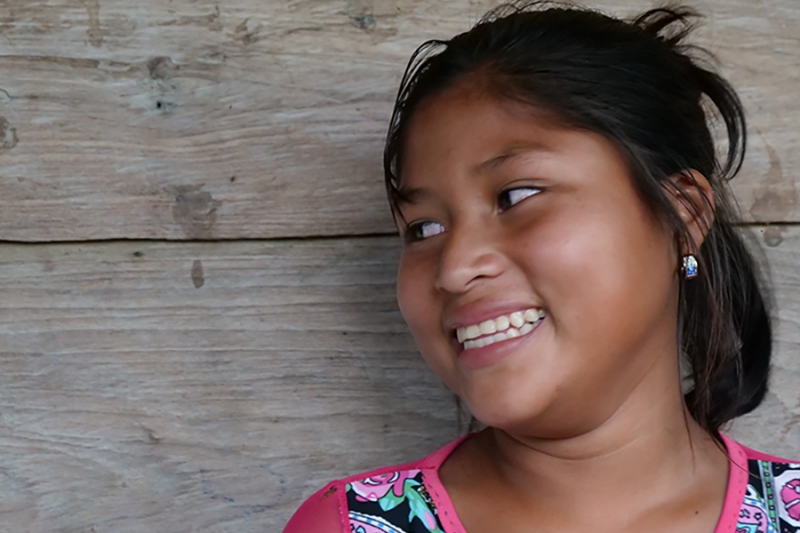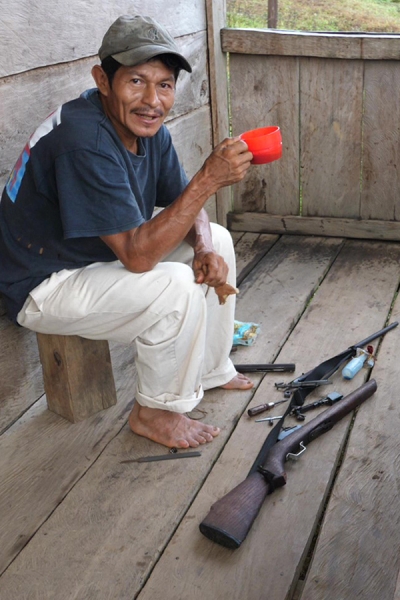Arang dak is a small village in northern Nicaragua, near the border with Honduras, inhabited by members of the Mayangna indigenous community. Like many other indigenous villages, the people of Arang dak were violently forced to evacuate by the Sandanistas during the conflicts in that country in the 1980s. The Mayangna and Miskito fought the Sandanistas to recapture their territories and establish autonomy, eventually returning to their villages from where they had retreated across the border in Honduras.
They are horticulturalists, growing much of their food in jungle gardens, and supplementing their diets with fishing and hunting. They are connected to the market economy via boats that travel up and down the rivers buying their frijoles (beans) and arroz (rice) for sale all across North and Central America. They still speak their traditional Mayangna language, with some also speaking Spanish.
Anthropologist Jeremy Koster has been visiting the Mayangna of Arang dak regularly since 2004, collaborating with the residents of Arang dak in documenting their lives. I recently went and spent a week there, taking videos and photos of different aspects of life.
The photos here are a fun story. I had with me an HP Sprocket portable mini-photo printer. When i would go out doing a follow of someone going about their daily life and work, video recording, i would pull a screen shot and make 2″ x 3″ photo for them. As people in this small village of about 200 heard that i could do this, people started to come to me for portraits, mostly of their children. I include these as well as the original screen shot photos.
My hope is to return in the winter of this year to continue collaboration with the villagers of Arandak. Some of the things i am interested in pursuing further include…
- collaboration with local curandero Juan Francisco in documentation of traditional medicinal plant uses (including a Mayangna language video series for use in Mayangna communities as internet become more available in the next years)
- collaboration with local youth, lending out gopro cameras for self-documentation of life
- documentation of the “trajectory of a frijole”… the integration of the growing of beans with life in the Mayangna community and the path of a bean from growth in the jungle garden through harvesting and preparation through trade and transportation to a meal in Managua or California
- documenting the varied place of Christianity in life in the very recently Christianized community. While there was missionary activity going back to 1950, many in the community reported only converting to Christianity during the upheavals and social disruption of the conflicts in the 80s.
- documenting the place of hunting and fishing in local diet, life, and identity, including the long standing collaboration with canines in hunting.
Visual documentation supported by the Max Planck Institute for Evolutionary Anthropology, Department of Human Behavior, Ecology, and Culture. 

